Don't wanna be here? Send us removal request.
Text




Black & White Day!
Let’s talk about black and white, both as isolated color experiences, and what happens when they are together today. What do you expect from these colors when you use them in your work?
I’m looking forward to talking with you about this today.
Images above, from top:
work by Bridget Riley
Odilon Redon “The Eye, like a Strange Balloon Mounts toward Infinity” 1882
infographics on color symbolism of black and white respectively
0 notes
Text

Questions of the Week
Which other artists might your work be in conversation with?
What do you think are the most interesting things happening in art right now?
0 notes
Text
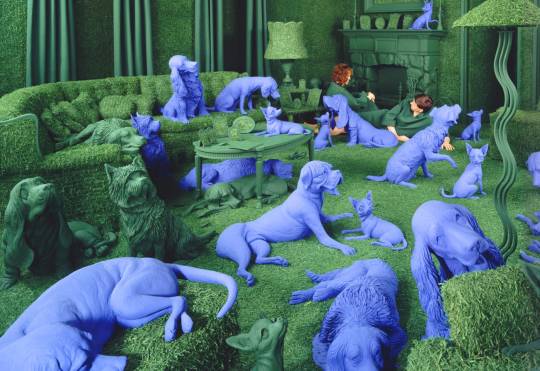
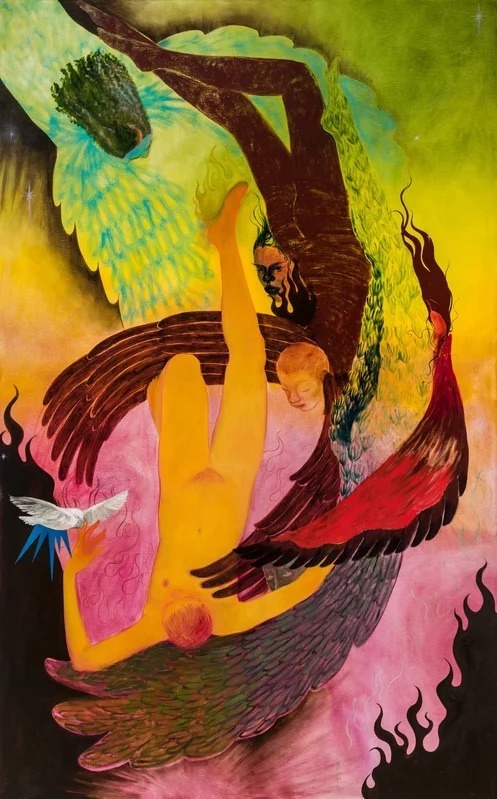
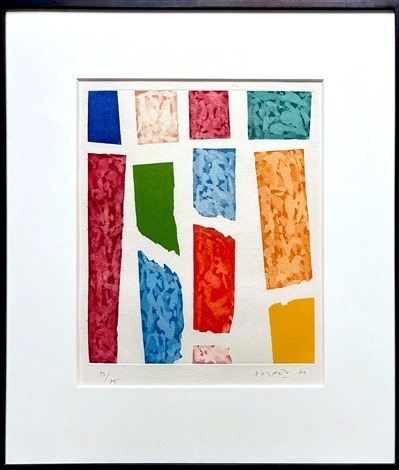
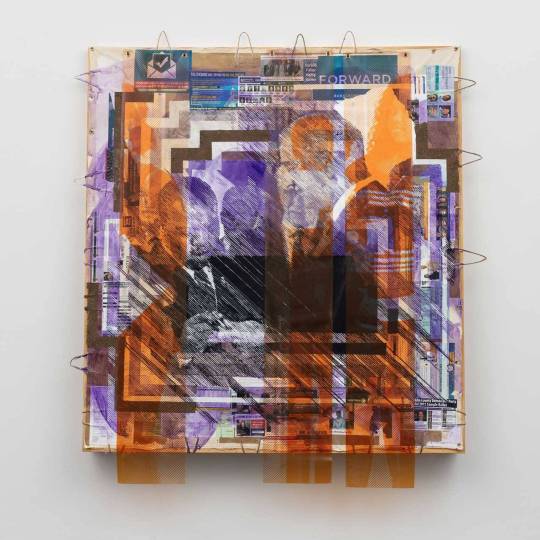
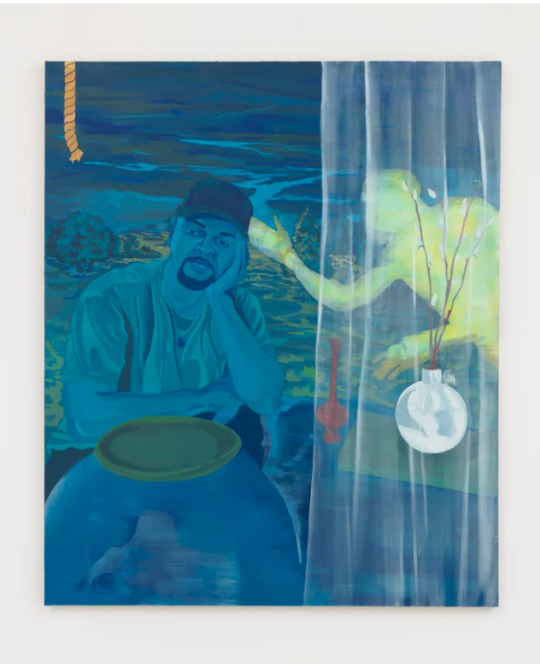
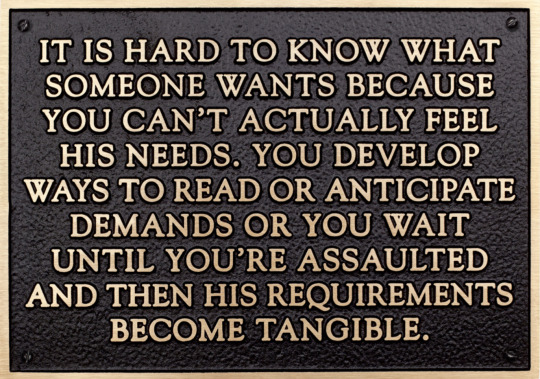
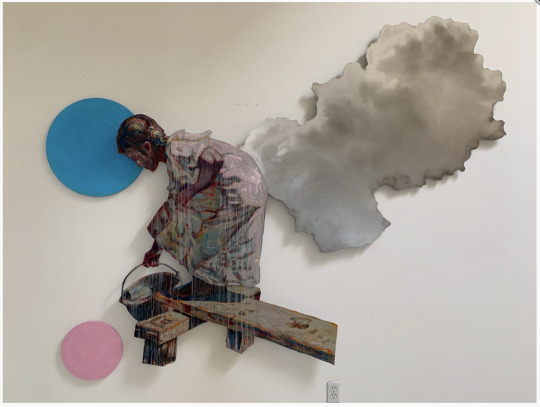
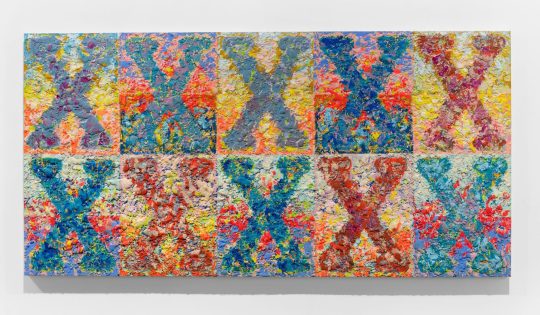
For Further Study Post Links!
Finally here are the direct links to learn more about each artist presented to us this semester in our fiber artist research assignment.
Such a good mix of folks....Enjoy!
Images above, from top:
Ellie researched Sandy Skoglund
Emmeline researched Naudline Pierre
Ella researched Piero Dorazio
Elise researched Tomashi Jackson
Amber researched Dominic Chambers
Emmarie researched Jenny Holzer
Claire researched Hung Liu
Gina researched Vaughn Spann
2 notes
·
View notes
Text
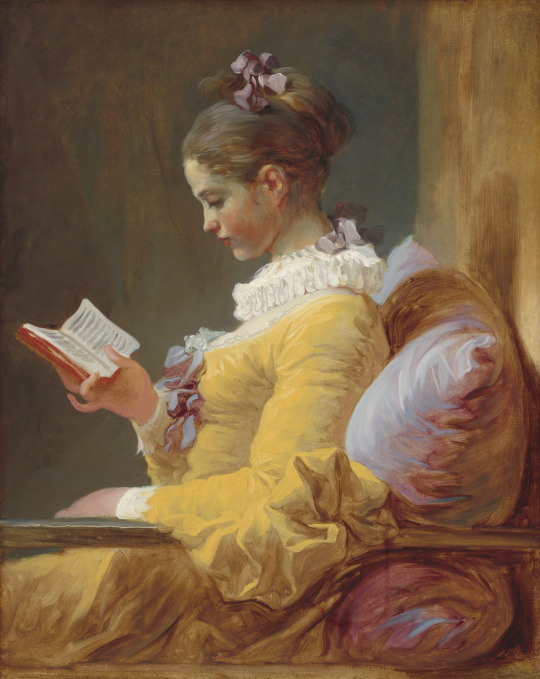

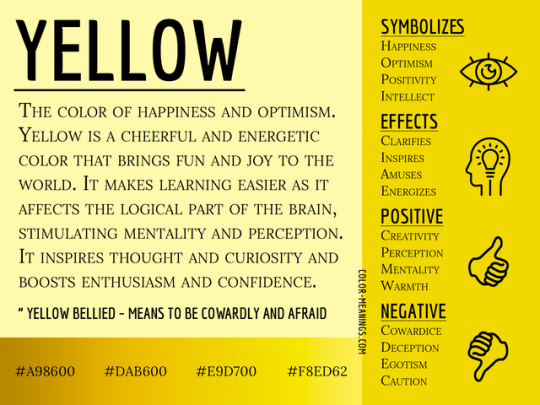
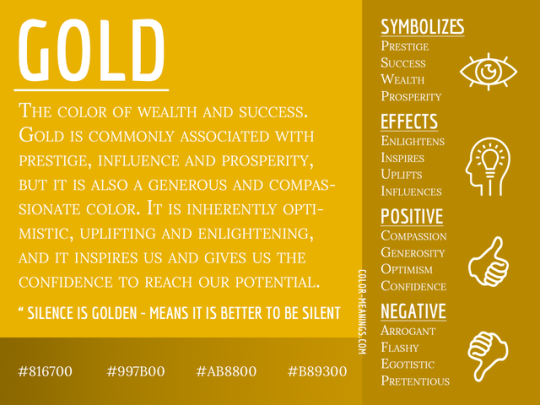
Yellow & Gold!
Join me and wear yellow and gold this Thursday to experience for yourself how this color impacts your mood, attitudes, and behavior. We will look at how and why artists might use yellow and gold in their work during class on Thursday.
Images above, from top:
Jean Honore Fragonard “Young Girl Reading” oil painting from 1769
Takashi Murakami “A Statue of Flower Parent and Child”, 2019 Gold leaf on bronze 196 7/8 x 127 1/8 x 91 7/8 inches.
infographics on color symbolism for yellow and gold
0 notes
Text

Questions of the Week
How do the materials used to make art influence the meaning of the work?
What makes an artwork good or bad?
0 notes
Text
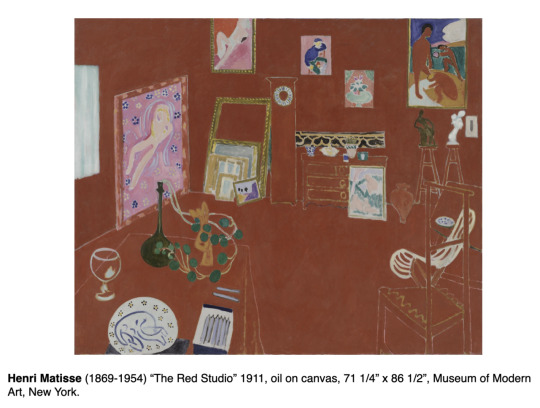

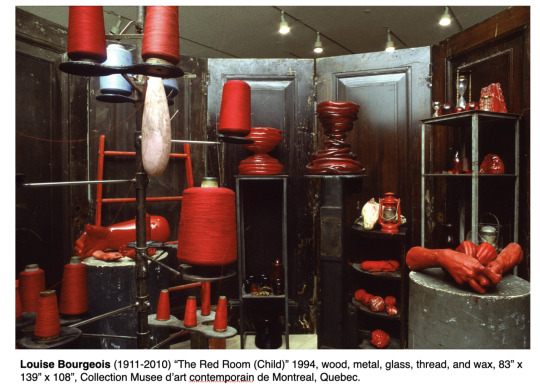
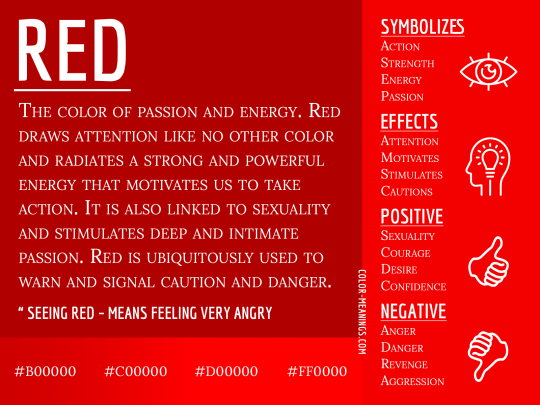
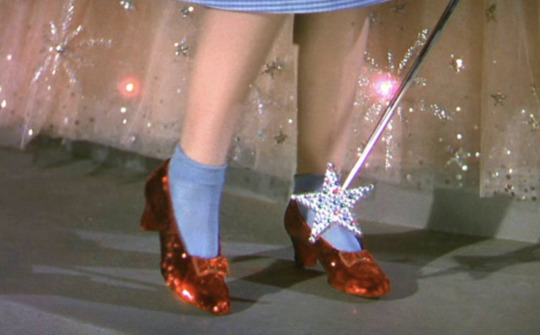
Red day!
Let’s talk red today and all it offers us as artists….
images above from top:
red heavy art by Matisse, Jan van Eyck, and Louise Bourgeois
red color symbolism infographic
red in the wizard of the oz
0 notes
Text



Small Group Feedback Session #2 on Tuesday
You will be meeting with your small groups this week to discuss your ideas for your response artwork in conversation with artist research subject. (You can see the full assignment details linked here.)
This discussion will be facilitated by sharing the 3 different ideas and sketches you have posted to your blog over the weekend. (Group assignments are linked here.)
Please be generous in your conversations. Your task is to help each other make the best possible artwork. You are here to offer each other both the support and criticality we all need to develop our ideas into the best versions possible.
In order to receive credit for this meeting, please post notes to briefly articulate your conversation on your blogs before Thursday’s class.(Also: Why not take a quick picture to make it cute?)
Images above:
a few snapshots from our first small group feedback sessions discussions about developing your banner projects…
0 notes
Text

Questions of the Week
What impact do you think commercialism and the media have had on your work? Is this good or bad?
How does context- where we see and engage with art- affect the way we understand it and perceive it's value?
0 notes
Text




Homework #2: Make a fiber “painting”!
For your next homework project, I want you to consider another way your dyed fabrics can be presented, specifically, as “paintings” stretched around wood supports like canvas is before the paint is applied.
Your dyed fabrics will have a very different sensation living in the world as paintings than they do living in the world as banners/flags or quilts and I want you to better understand the variety of methods of presentation you have at your disposal so that you can choose the one that best suits your ideas.
For this homework assignment we will all explore the idea of making a fiber painting.
I have distributed wood stretcher bars for a work that measures 12" x 16" for your paintings and will demo the stretching process during class time during week 12.
Your fiber painting could be constructed from fabric scraps patched together, or your could dye a new piece of fabric specifically for this project. This project could also incorporate other materials besides dye, such as beading and embroidery or acrylic paint. If you plan to do any beading or embroidery, I would suggest you do this before you stretch your fabric around the wood supports. Any painting you might want to try doing over your dyed fabric could be done after the fabric has been stretched. Please feel free to ask any questions if you are unsure of what the best order to do for your project processes.
Plan to have your completed fabric painting stretched and ready to be critiqued at the start of classtime on Thursday, November 16th.
Images above, from top:
work by artist Liz Collins, on view this past summer in Los Angeles at Luis De Jesus in her solo show “Staring at the Sun”. You can ready more about the show linked here.
The process to stretch your fabric painting starts with having the size of wood supports you need. If you want to make a bigger painting than 16" x 12", this is okay with me, but you will need to purchase your own wood supports for this. (You can buy them in all different sizes at MC Art!)
The next two images show other aspects of the fabric stretching process. We will go over this process together next week during class….
0 notes
Text
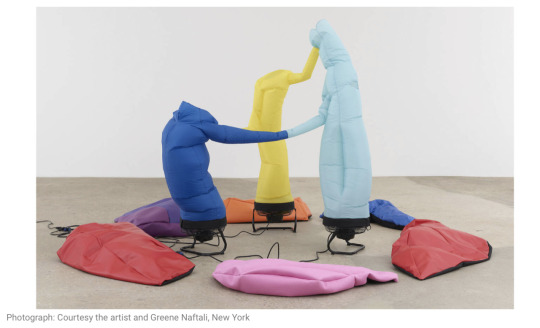



Studio Project #2: Response Artwork
For the final studio project of this course, I want you to reflect on the artist you are researching this semester. From this artist’s production, choose a particular artwork or body of work that is of genuine interest to you. Consider carefully the concepts, materials, processes, and presentation strategies involved in this particular artwork or body of work.
Using the artwork or body of work you have chosen as a reference, you will design, construct, and present an artwork in response or conversation with this artists work.
Please continue to explore at least one of the processes or techniques we have learned in this class so far in the making of this artwork. Other materials and process outside of what we have covered in this course are also welcome to be used, however, whatever you decide to make and how you decide to make it should relate in some way to your reference artwork.
Why are we doing this?
1.) Art is a conversation. Don’t be afraid of influence.
2.) Because you are not making art in isolation: You are artists who are making work in light of an entire history of art that informs how your work is understood and accrues meaning. I want you to understand and use this history to become better at what you do.
3.) This response structure forces you to deepen your understanding of artwork, to really know it well enough to respond to it. It also forces you to know an artwork in a bigger perspective: where is the artwork situated in art history? How is it written about? What other artists/works/movements/theories/concepts are discussed in conjunction with it? This assignment functions to force you to know the artwork as well as it’s larger territory within art discourse.
4.) This assignment allows you to isolate your own position as an artist in relationship to another artist and distinguish your own point of view.
5.) The structure of response can teach you a lot of practical things about making an artwork.
Step #1: Choose your Source
Select a particular artwork or body of work by your research artist that you want to make an artwork in response to. Spend some time making sure that you understand the basic ideas behind the work, and the conversations in art the work was made in relationship to, as well as any other artists who are frequently referenced in relationship to the work.
Make a list to help you concisely collect all the key aspects of the work, such as the conceptual framework, formal aspects, scale, materials and processes involved, presentation strategies, etc.
Step #2: Define your Response
What is your position in relationship to these ideas? How do you disagree or find yourself to be different as an artist? How can you make your own voice heard, while making sure that a clear reference is present to your source?
Refer to the list you made about your artwork and choose 1 or 2 aspects to respond to. You do not need to respond to every aspect of the artist’s work. Just think about how much quoting is necessary to help your viewers to recognize your starting point. There is a fine line between response and imitation. This is not an imitation project.
The final artwork should be more about YOU than about your source artwork. Determining specifically what will mimic your original artwork and what will be different is an important thing to define early on.
Studio Project #2 will be critiqued in class on December 5th. Please be prepared and have your artwork installed and ready to be discussed at the start of class. Any unusual installation scenarios will need to be discussed and approved by the professor before the day of the critique.
Images above from top:
The first image is a 2019 artwork by Paul Chan from an exhibition titled “The Bather’s Dilemma”. The next image is “Dance (1)” by Henri Matisse from 1909. Can you see how Paul Chan’s work, though utterly his own, is in conversation with this work from art history?
These next two sets of images are other examples of artists making work in direct response to other artists. Both of these examples are the most direct and obvious kind of quoted response. You can make a work with a more nuanced and subtle responsive strategy. This is just to help to make clear some ways that artists respond to other artists with the work they make.
The first images set shows an artwork by Los Angeles based artist Aaron Curry made in response to a cubist sculptural work of Pablo Picasso, an example of which is shown here.
The second set of images shows a sculpture from art history by Carl Andre and a work made in response to it by contemporary Los Angeles based artist Rachel Lachowitz. Her strategy of response was to mimic the form of the original work but switch the material, her version, made of cast lipstick.
0 notes
Text
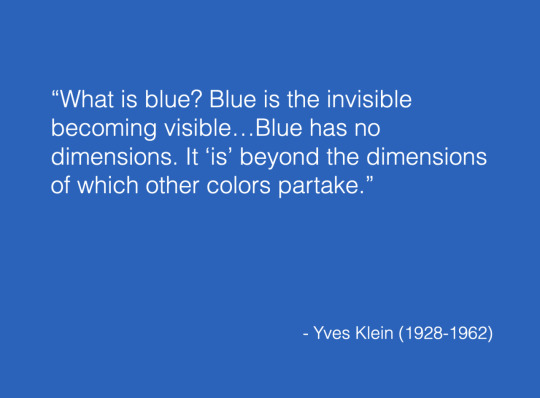



BLUE!
Join in me exploring the color blue this next week through clothing, music, art, food, whatever you can think of. Our conversation on Thursday will collect this research.
Can’t wait to hear your blue stories!
Images from top:
blue quote from artist Yves Klein
meme
blue color symbolism infographic
Picasso, The Old Guitarist, oil on panel, 122.9 x 82.6 cm
0 notes
Text

Questions of the Week
Is everyone an artist? Why or why not?
What is the difference between the process of learning something and the process of inventing something?
0 notes
Text
youtube
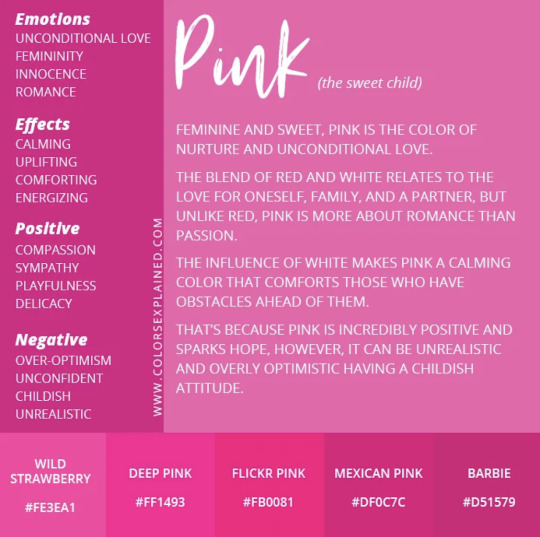
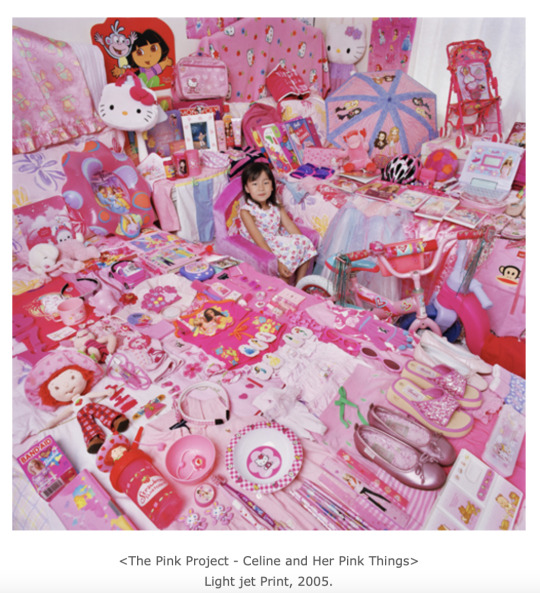
Happy Pink Day!
This Thursday October 26th is our day to discuss the power of the color pink. Wear your pinks and be prepared to share your pink experiences, reflections, and perceptions. Our collective conversation will become a kind of research that should ultimately deepen our exploration into fiber.
Why would an artist choose to use the color pink? What characteristics does pink bring to the conversation and meaning of our creative work?
Images above, from top:
the ultimate pink song from the classic film “Funny Face”
some of the reasons you might use pink as compiled into this infographic from colorexplained.com. Adobe also has short blog posts on different colors and their meanings. Here’s a link to the pink post.
one image from a larger artist project on some of the cultural and social aspects of the color pink by JeongMee Yoon. Learn more about the project here.
0 notes
Text


Your banners look amazing!
We will finishing talking about the final two works on Tuesday, but also be sure to post an image of your individual banner along with a brief written reflection on the project onto your individual blogs if you have not already. This is a graded component of the project.
Images above:
front and back installation views of completed studio project banners installed in the fiber studios last week
0 notes

